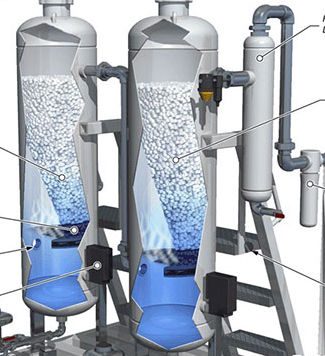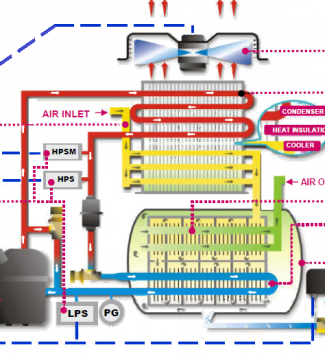13 ways to optimize your compressed air system
The best compressed air system efficiency occurs when both sides of the system are optimized at the same time by taking a holistic systems approach.
The best compressed air system efficiency occurs when both sides of the system are optimized at the same time by taking a holistic systems approach.
Build out your plant’s complete compressed air demand profile to avoid oversizing or undersizing your system
When considering an air compressor purchase, the primary concern should be receiving the right amount of compressed air for the lowest overall cost. Far too often, only the purchase price of the new machines is considered, and this is a small fraction of the total lifecycle cost. Energy costs are the real driver of a compressor’s total cost of ownership, and in many cases energy costs in the first year of use will total more than the purchase price of a new air compressor.
As a user, it is critically important to understand the performance of the air compressors that any engineering group or company will be providing and to choose the most energy-efficient solution to save on long-term energy costs. That’s why, when researching and comparing air compressors, it’s important to examine all aspects of the costs associated with operating and maintaining the unit while making sure it’s correctly sized for the job.
Common downfalls of undersized and oversized compressors
The most common issue resulting from under-sizing compressors is insufficient airflow to production equipment. Workers may complain that their tools aren’t working properly, or that low-pressure alarms may be tripped in machining equipment. Metal stamping equipment may not be able to generate enough force to produce quality products. If piston or scroll compressors are used, under-sizing also may result in overheating of the air compressors due to exceeding their rated duty cycle.
Typical issues resulting from over-sizing air compressors are short loaded cycles and long unloaded cycles. A compressor running unloaded will waste electricity without producing any useful compressed air. However, this can be necessary in order to prevent the compressor from exceeding the recommended number of motor starts per hour.
Variable speed drive (VSD) compressors do not have a restriction on the number of motor starts per hour and are often marketed as “unlimited.” However, over-sizing a VSD compressor can cause damage to the compressor. If there is insufficient demand in the air system, the VSD will run the compressor slowly for a long period of time, and the compressor will not heat up enough to burn off the water that has condensed in the oil. If this is allowed to continue for too long, the oil’s ability to cool and lubricate the compressor’s air end will be compromised, and the air end will eventually be damaged, resulting in costly repairs and extended downtime.


Recent Comments